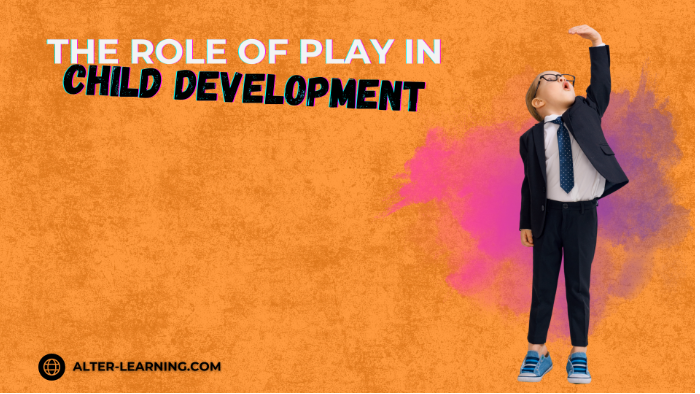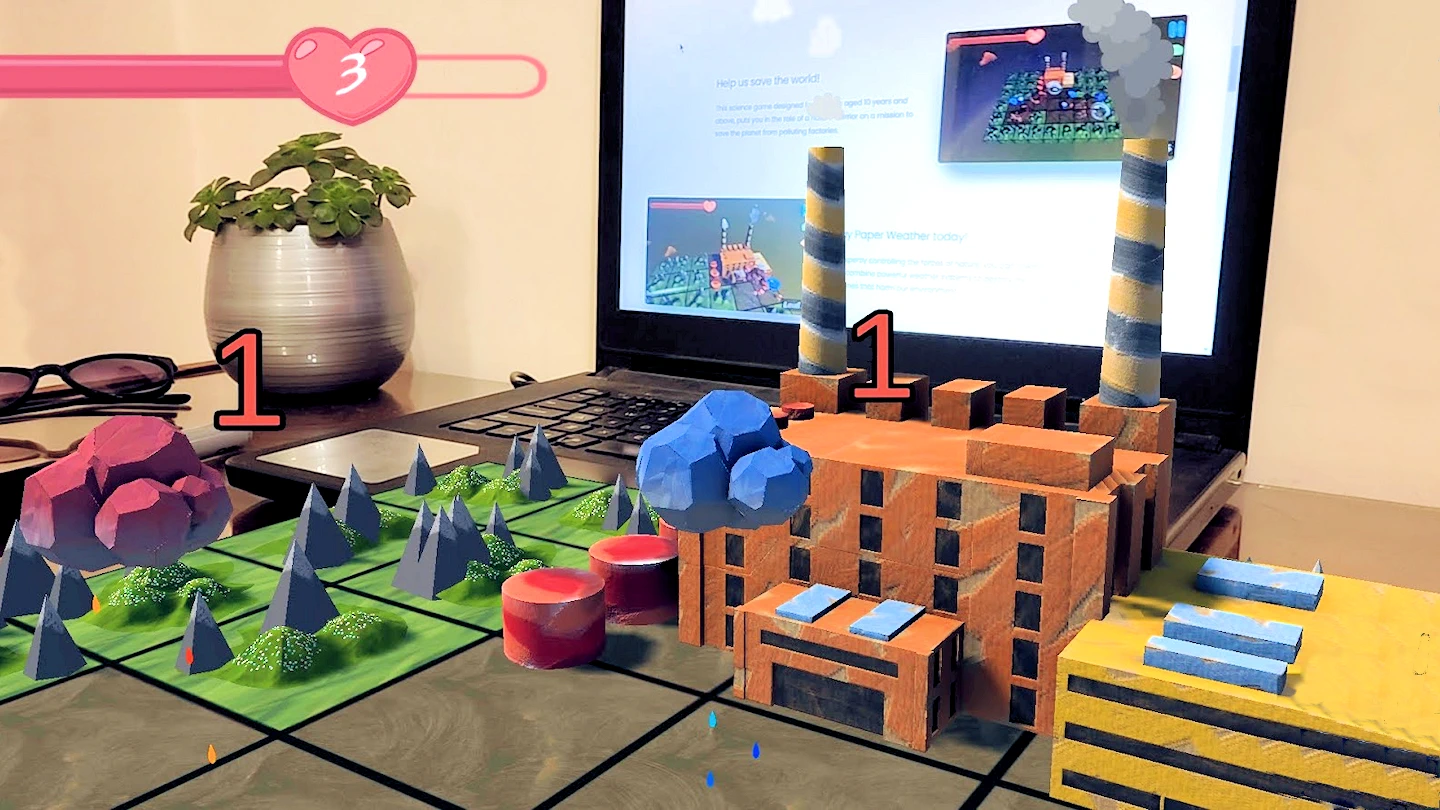Learning is no longer confined to quiet rows of desks and individual worksheets. In today’s interconnected world, the ability to collaborate—both in person and online—has become a critical skill for academic success and future careers. Schools are increasingly shifting toward more dynamic, social models of education, where students co-create, co-discover, and co-solve. But to make collaboration truly meaningful, the right environment—physical, emotional, and digital—must be in place.
Educational games and interactive tools like those developed by Alter-Learning can support this shift by offering shared, purposeful challenges. Whether it’s building a digital art project together, solving a physics simulation in tandem, or navigating a multiplayer educational space, these experiences can help students learn not just from their teachers—but from each other.
Why Collaboration Matters in Modern Education
Collaboration is more than just group work—it’s about mutual learning, empathy, and shared responsibility. When students collaborate, they:
- Practice communication and listening skills,
- Develop negotiation and conflict resolution strategies,
- Learn to integrate diverse perspectives into problem-solving,
- Experience accountability to peers, not just authority figures.
These are not only academic competencies but essential life skills that transfer into workplace dynamics, civic engagement, and interpersonal relationships.
Designing Environments That Foster Collaboration
To create environments that naturally invite collaboration, educators and developers alike need to consider more than just curriculum. A truly collaborative space, virtual or physical, may include:
- Open-ended challenges that allow for multiple solutions,
- Roles or responsibilities that encourage interdependence,
- Clear communication tools, including chat, shared dashboards, or turn-based features,
- Safe zones for experimentation, where failure is reframed as learning.
Digital learning platforms can be powerful tools in this context, offering spaces where every student has a voice and the ability to contribute meaningfully.
How Interactive Games Can Support Peer Collaboration
Alter-Learning’s multiplayer and co-op environments are built with collaboration in mind. While the games vary in theme—from historical exploration to wellness and STEAM-based design—the underlying mechanics often promote teamwork and shared discovery.
Here are several ways game-based learning can nurture collaborative skills:
1. Shared Goals, Diverse Roles
Games with cooperative objectives can assign different tasks or strengths to each player. This reflects real-world projects, where success depends on blending individual expertise.
- Students might explore digital simulations where one manages design, another gathers data, and a third interprets results,
- Puzzle-solving experiences encourage students to combine pieces of knowledge,
- Creative arts education software may allow for ensemble performance or co-creation.
By giving each player a stake and a role, collaboration becomes organic—not forced.
2. Real-Time Feedback and Problem Solving
Collaborative digital games often offer instant visual or audio cues that signal success, failure, or next steps. This shared feedback loop helps students learn from one another and develop agility in their responses.
- Interactive VR simulations might require simultaneous actions or synchronized movements,
- XR educational content may include layered environments that unfold only when teammates coordinate,
- Digital dashboards can let learners track progress together and make collective decisions.
These features mimic modern collaborative workspaces and help students practice responsiveness and adaptability.
3. Safe Spaces for Social-Emotional Growth
Not all collaboration is smooth—and that’s part of the lesson. Game-based tools can help students develop emotional intelligence by navigating disagreement, celebrating group wins, or learning to ask for help.
Alter-Learning environments often integrate:
- Multiplayer experiences with structured communication tools,
- Gameplay that includes reflection points or debrief moments,
- SEL-aligned features that promote empathy and support.
This helps foster trust and psychological safety, crucial elements in any collaborative setting.
Teachers as Guides in Collaborative Spaces
While digital tools can spark collaboration, educators remain essential in shaping how students engage with each other. Teachers can:
- Model collaborative behaviors,
- Assign strategic groupings based on skill or personality mix,
- Facilitate group discussions or post-game reflections,
- Adjust the challenge level to support equity in participation.
By blending in-person guidance with digital collaboration tools, educators can orchestrate powerful learning moments that extend beyond any single game or lesson.
From Classmates to Co-Creators
When students collaborate in meaningful ways, they stop seeing learning as a solo journey. Instead, they become part of a shared process—one that builds not just knowledge, but community.
Tools like those developed by Alter-Learning can support this evolution by offering platforms where learning is naturally social, playful, and empowering. Whether students are exploring interactive physics simulations, co-building digital stories, or learning through virtual chemistry labs, collaboration is not just possible—it becomes the heart of the experience.
Because the future of education may not belong to the smartest individual in the room—but to the team that learns how to think together.
Follow Alter-Learning for more insights into immersive education, edtech success stories, and the future of learning. Want to explore how VR/AR could transform your school or learning platform? Let’s connect.




